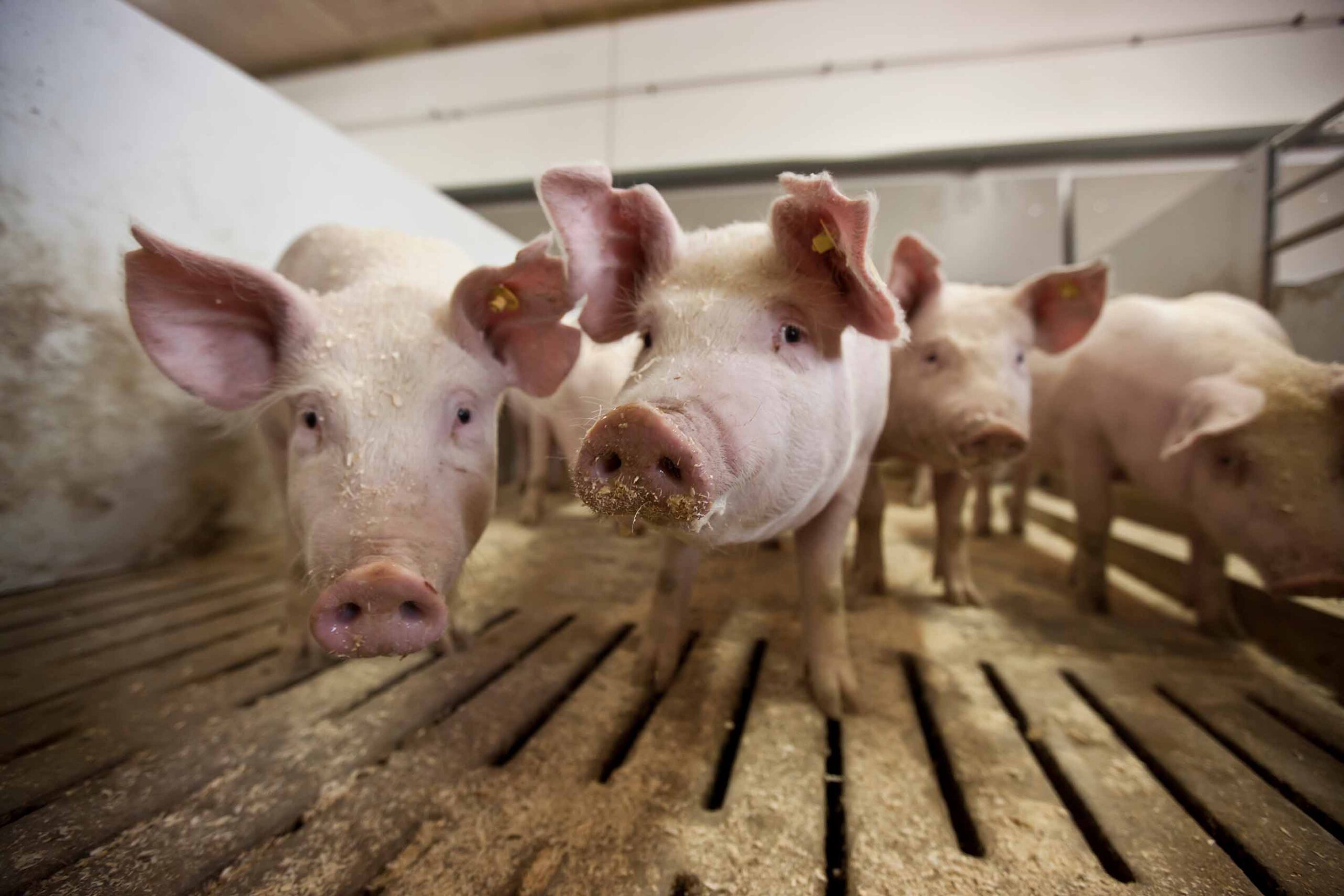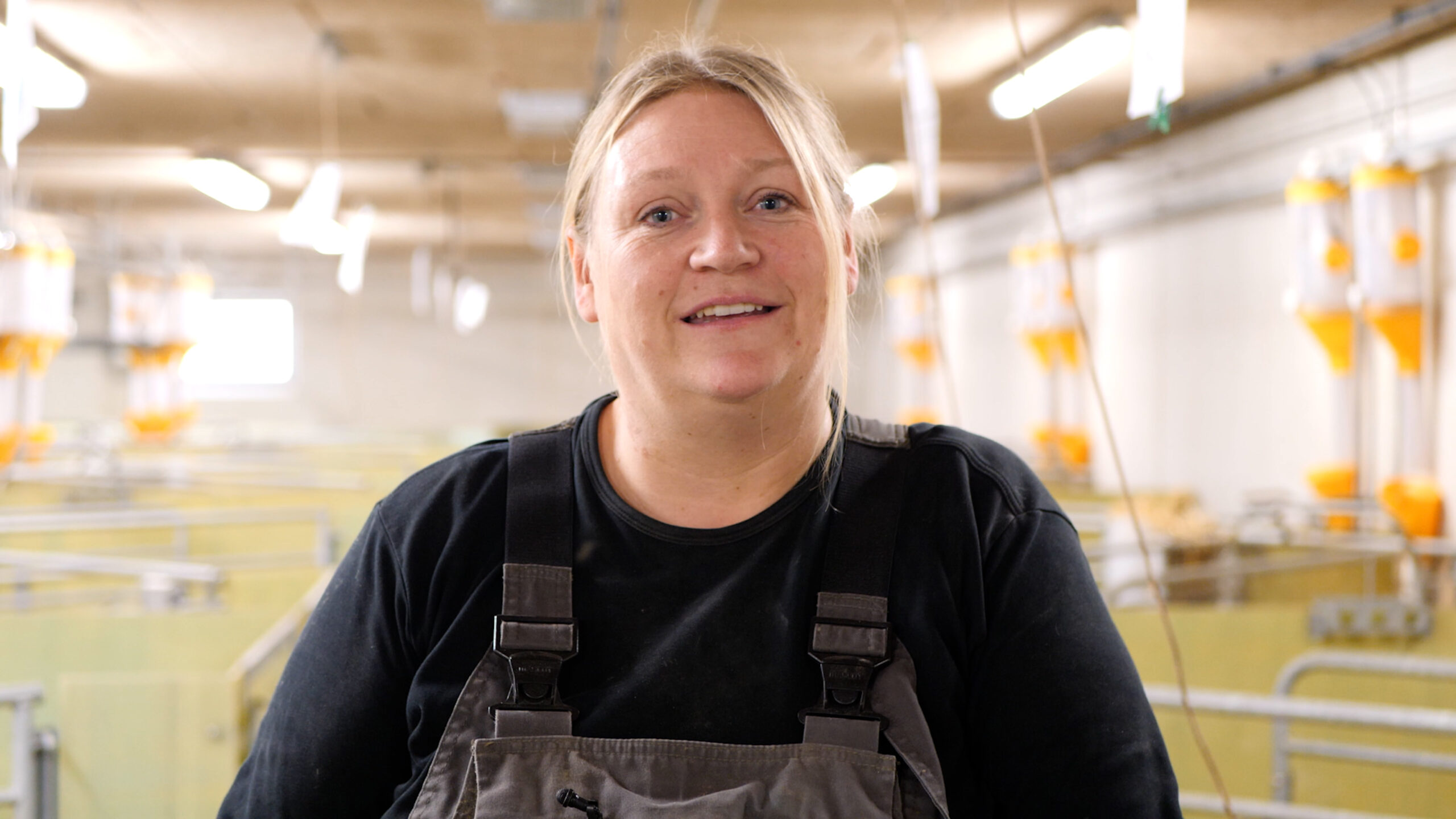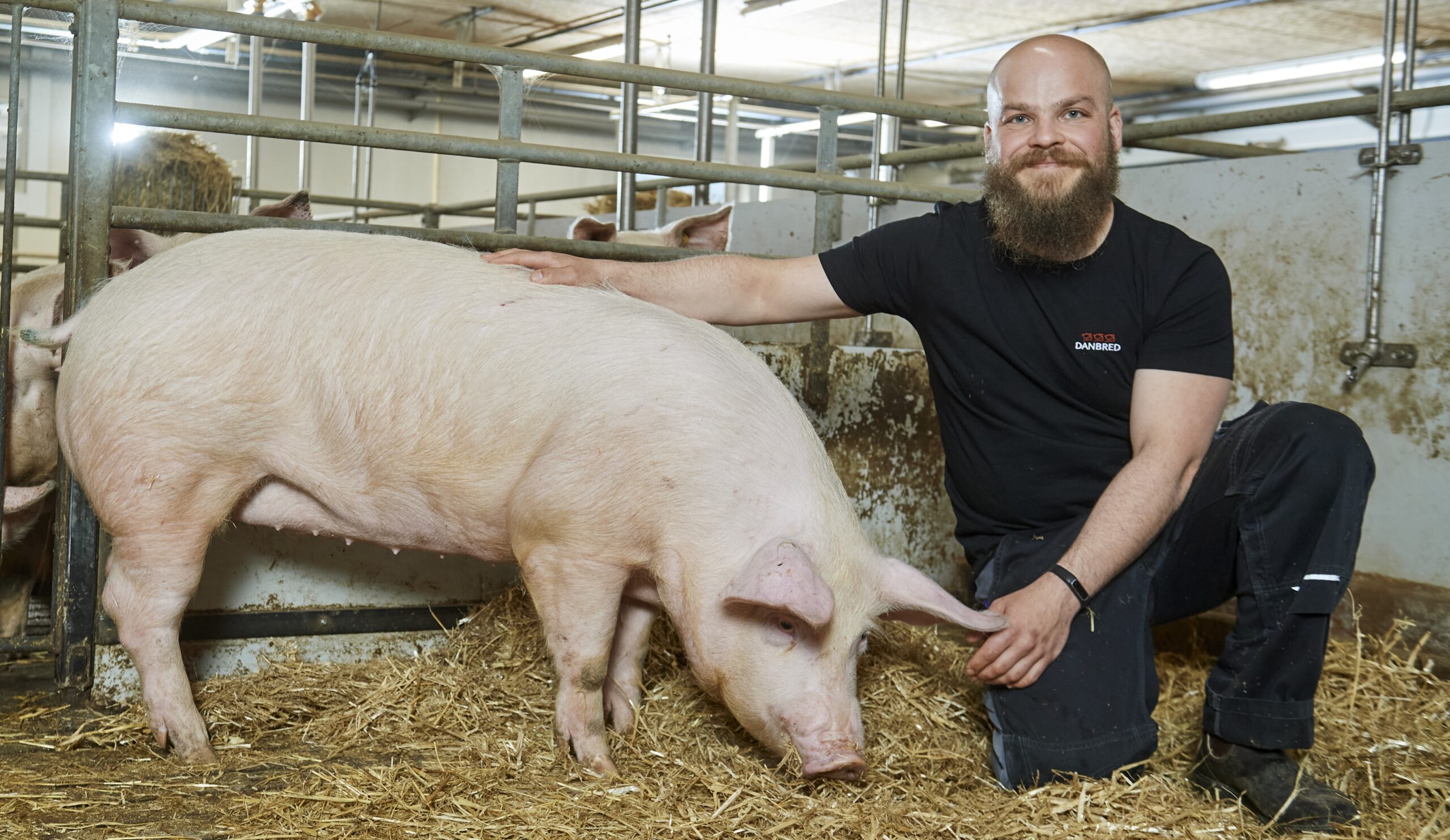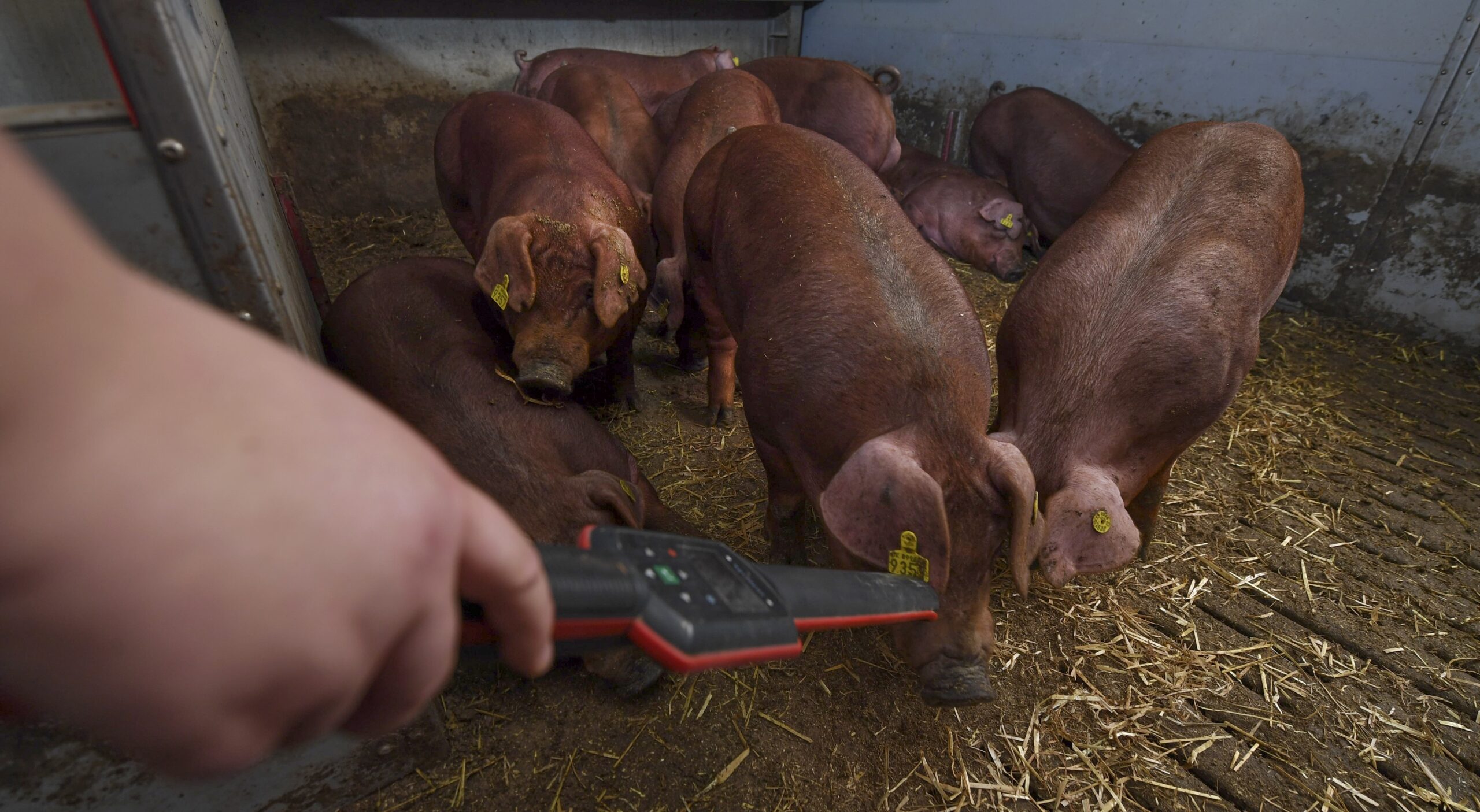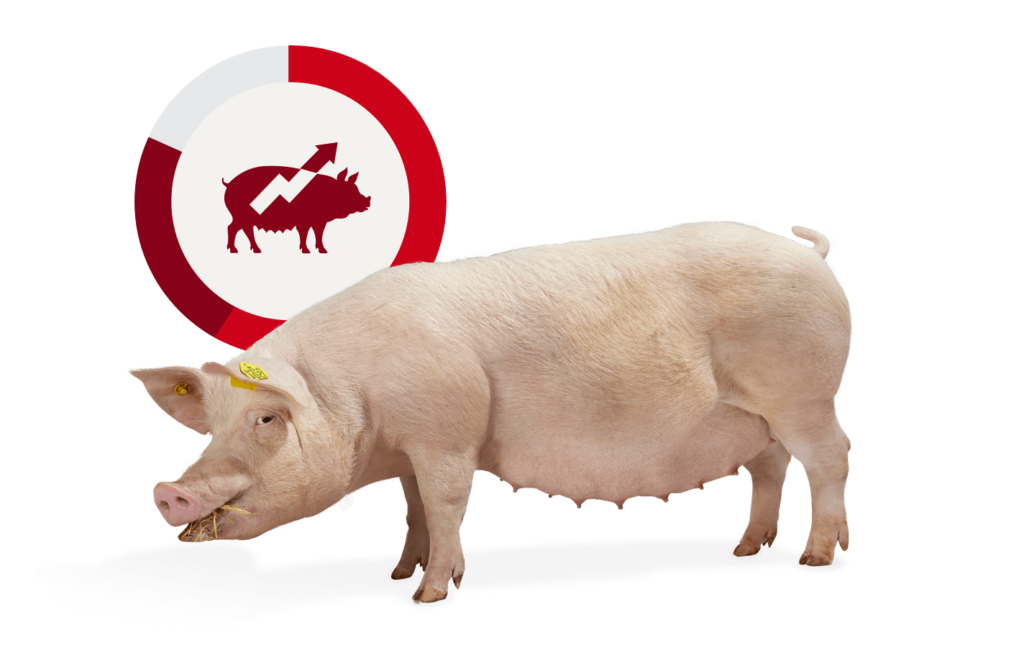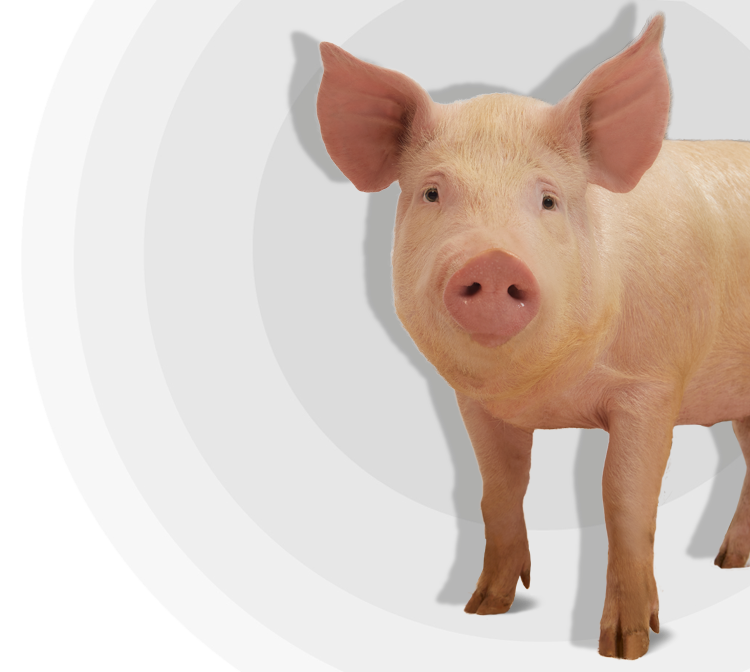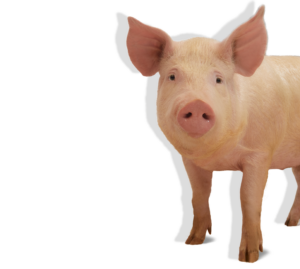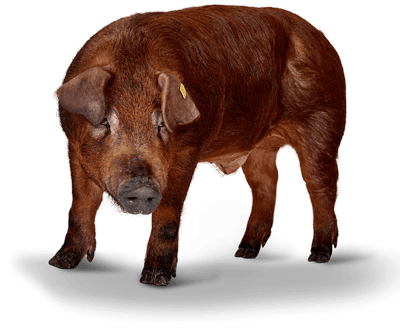There are actually big differences as for how effectively pig producers utilise the pens in the facility, and this has a direct effect on the bottom line. Of course, you want to produce as many pigs per the lowest cost of production as possible – without compromising animal welfare. And particularly, with the very high feed prices that pig producers all around the world struggle with right now, you want to utilise your resources to the max. One specific system might actually enable you to produce more finishers per pen place.
The latest economic benchmark in Denmark revealed that there are huge differences with regards to how effectively the pens in a facility are utilised. The fluctuations between the top third and the bottom third of producers is around 1 more pig produced per pen place per year.
There are several ways to utilise your facilities efficiently, or, in other words, to produce as many pigs per pen place as you can. With DanBred finishers you get superior finisher traits, such as exceptional growth rates and high uniformity in the batches. But on top of the world-class genetics, there are also management initiatives that you can implement to make the best use of your resources.
This recent article by a Danish pig consultant, published in LandbrugsAvisen, suggests how you can optimise the flow in your finisher pens. If you can manage the flow according to this method, you can often cut one or two weeks off the rotation cycle, which means, you can produce more finishers per pen place per year.
Which system ensures more pigs per pen place?
All of the producers with the highest growth per pen place have one feature in common: they use more or less the same system.
At the beginning, they place 50 % more pigs than can go in at the end of the finisher period. The need for space is certainly less when the pigs are small.
When the pigs have been there for a given number of days, typically two to three weeks, the extra pigs are sorted out and placed in a section of their own. Thereby, a batch has been divided into two thirds and one third of the pigs, respectively.
During the period with the extra pigs in the pens, it is important to keep in mind that it is acceptable to have a little bit of extra leftover feed in the cribs, to ensure that the pigs get enough feed.
When you have started sending pigs to the slaughterhouse, and the stables are about to empty, the remaining pigs are gathered in the section(s), where the extra pigs that were sorted out have been placed. This way, all the pens in the large section, or alternatively in the majority of the sections, are emptied, so that they are read to be washed. At the same time, the pigs that grow slower have more time to reach the desired finisher weight.
When the flow is adjusted according to this method, you may be able to cut one or two weeks off the rotation cycle, which means, you can get even more finishers through your facility and make better use of your resources.
This is a deducted version of an article originally written in Danish and published on landbrugsavisen.dk.

